Not everyone is a content creator. Open up any report of statistics on social media, and you will usually see some standard ratio of content consumers to content creators that typically ranges from 1 in 10, or less. This means, on average, that in most communities less than 10% of the individuals in that community are creating content. This post is about the biggest myth many people believe about the other 90%. The easiest way to describe behaviour online is by breaking it into two buckets: content creators and content consumers. The creators make the content, and the consumers watch, read or listen to it. If you think about this in relation to business, the correlation would be businesses and brands that make something, and consumers who purchase it. The problem with this model is that it forgets the third leg of the model: the middleman. In business, this usually someone who facilitates transactions between two others. So, if business has this additional layer, why shouldn’t content and media?
Actually, it does and it always has. This layer, of course, is alternately called the editors, producers, studios, or just about any other title you want to put on the layer of people who decide what content we get to see. As consumer generated media has gotten more and more popular and prevalent, it is easy to believe that this middle layer is vanishing. After all, everyone is talking about the democratization of media and how it means that anyone with a message can reach anyone else without being forced to go through the gatekeepers in media. In some regards, it is. But there is a phenomenon taking its place that brands need to start paying more attention to, because of the impact it has on public perception about their brand.
This phenomenon is called microsharing and it refers to the act of individuals sharing pieces of content with others in a group who have similar interests or needs. Some common activities today that would constitute microsharing range from saving a link on del.icio.us to posting an interesting story or video on Digg. Tagging an existing piece of content or using a "send to a friend form" are also examples of this. The most interesting thing is that as the volume of content continues to increase, more and more people rely on this microsharing to get the information they need. It is the new editorial model, and the editor is each of us.
The implication for brands in this is clear. There are certain individuals who are tastemakers and influencers. They are the ones who apply their own lens to content out there, and sift through it to provide a boiled down list of what people should pay attention to. They are not so much content creators as they are content aggregators, and they serve an important role. The next time you put together a social media strategy dedicated to getting people to create content and others to consume it … make sure you also have a smart way of engaging those who will be microsharing it. This is a population of people you can’t afford to ignore anymore.







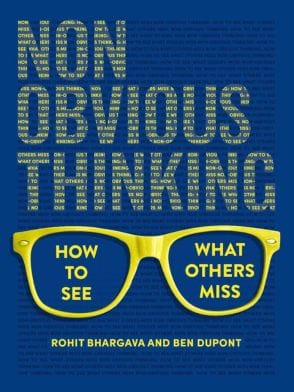

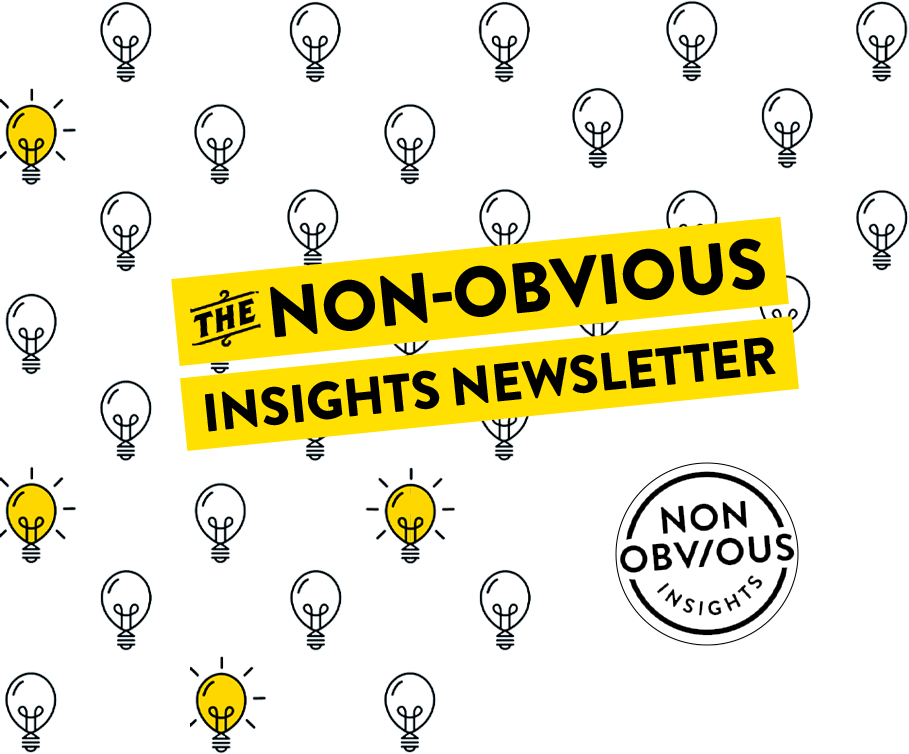



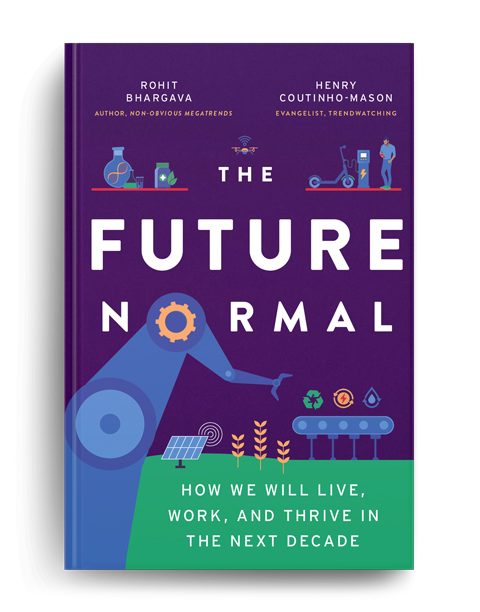
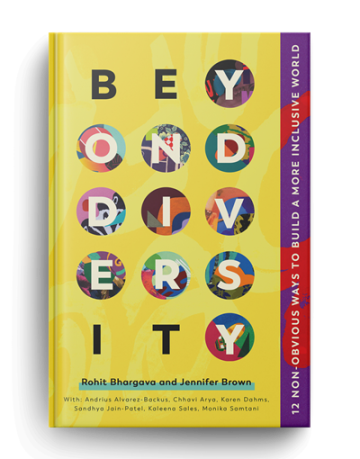
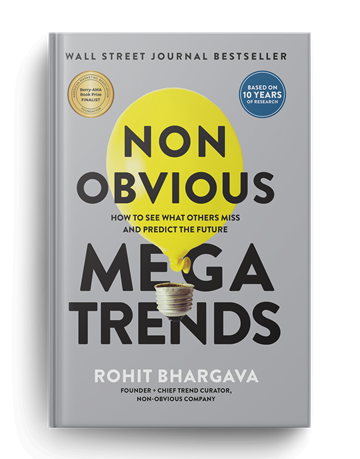
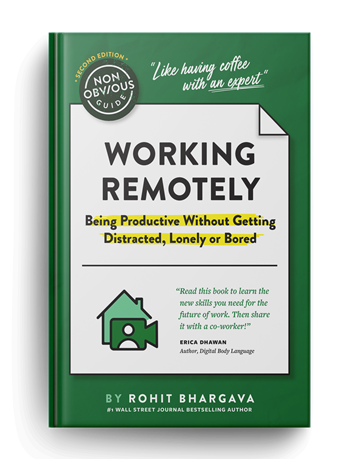
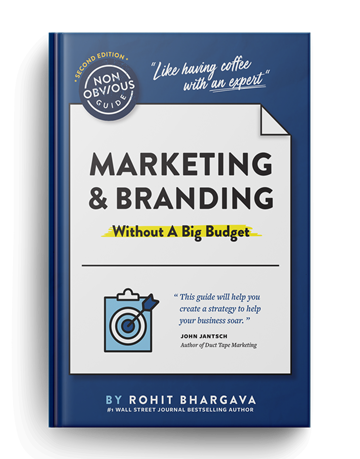
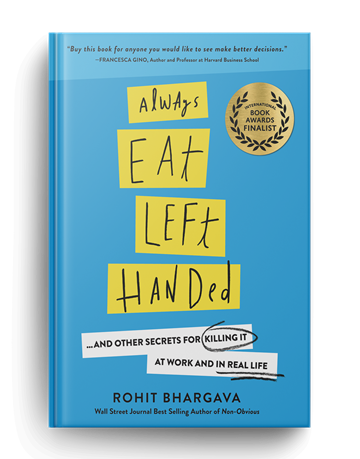
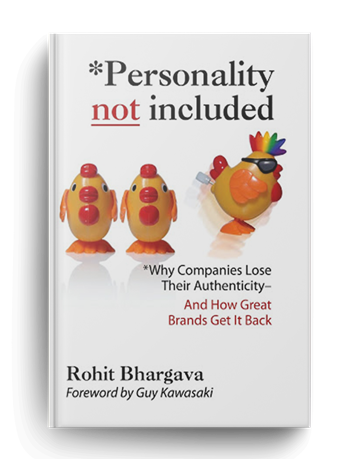
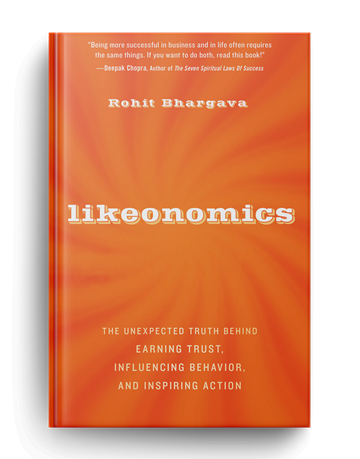


I think microsharing is key to delivering content fast. This is especially useful with links to key areas.
I have heard microsharing referred to as “social bookmarking”.
In a way, microsharing isn’t really a third state – it is actually consumers becoming producers.
This is because they are, in a way, producing content – similar to the way an encyclopedia, atlas, or dictionary is content.
As far as the middle men, I would consider these to be the owner/creators of the forums, etc.
Great post!
Allow me to propose a complementary concept: Social Media Curators.
Social Media Curators are those that go beyond micro-sharing and into helping the rest of us to see connections among dispersed content snippets that are not necessarily readily apparent.
I believe watching for, engaging and properly enabling this social media role will be of the utmost importance for a lot of the social networking/social media business initiatives.
Filiberto Selvas
I agree there are only creators and cosumers and middleman is not some population but the platform like digg and reddit…Well, i think everything between creator and consumer is a platform…google, yahoo, msn..
Microsharing is really a cool concept taking into consideration all the benefits one can get from this idea. If we are able to share our details with content creators rather than a content consumer, it is a terrific idea.
The old law of 80-20 is moving toward 95-5. More people just are not taking action. So how do you become part of the 5%? Just start writing and sharing. I was reading a post by James Brausch and he talks about it beng 98-2 now, and just take action to create your own success.
Dan
Creating and maintaining such buckets are good idea but people who is promoting a product should maintain different social networking so their maintenance job for buckets in each network is so hard,My best idea is to create a check list of each social networking websites that one registered and develop their relations between the consumer buckets.
Rohit,
I read your post after finding the link via Dana Vanden Heuvel’s piece on MarketingProfs.
I think part of the reason that most people don’t contribute as content creators or microsharers is simple — it’s STILL TOO HARD to do. Anecdotally, I’ve found that there’s definitely still a learning curve involved here that scares off most people (or at least makes their eyes glaze over).
My suggestion for anyone implementing microsharing tools also include a simple ‘brain-dead easy’ how-to that shows in very simple terms how to use them in conjunction with your site.
Doing so will go a long way toward bringing that 95-5 back to 80-20.
…Michael
I have been a microsharer all my life. There are just more avenues now.
There are certain individuals who are tastemakers and influencers. They are the ones who apply their own lens to content out there, and sift through it to provide a boiled down list of what people should pay attention to. They are not so much content creators as they are content aggregators, and they serve an important role. psp games